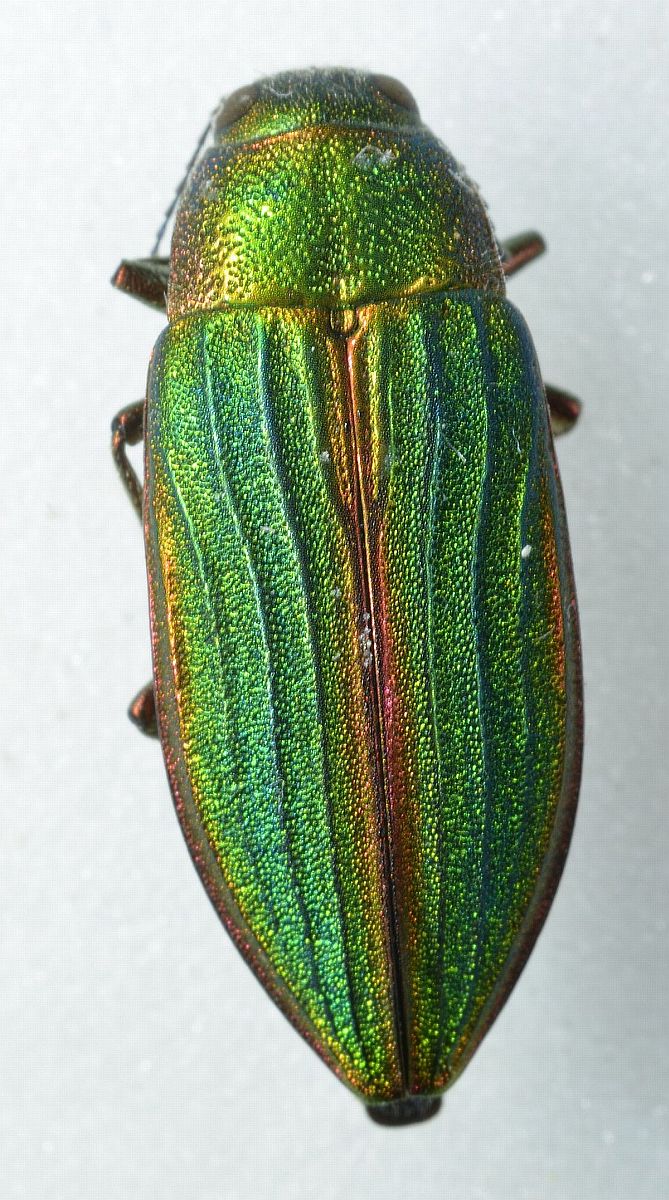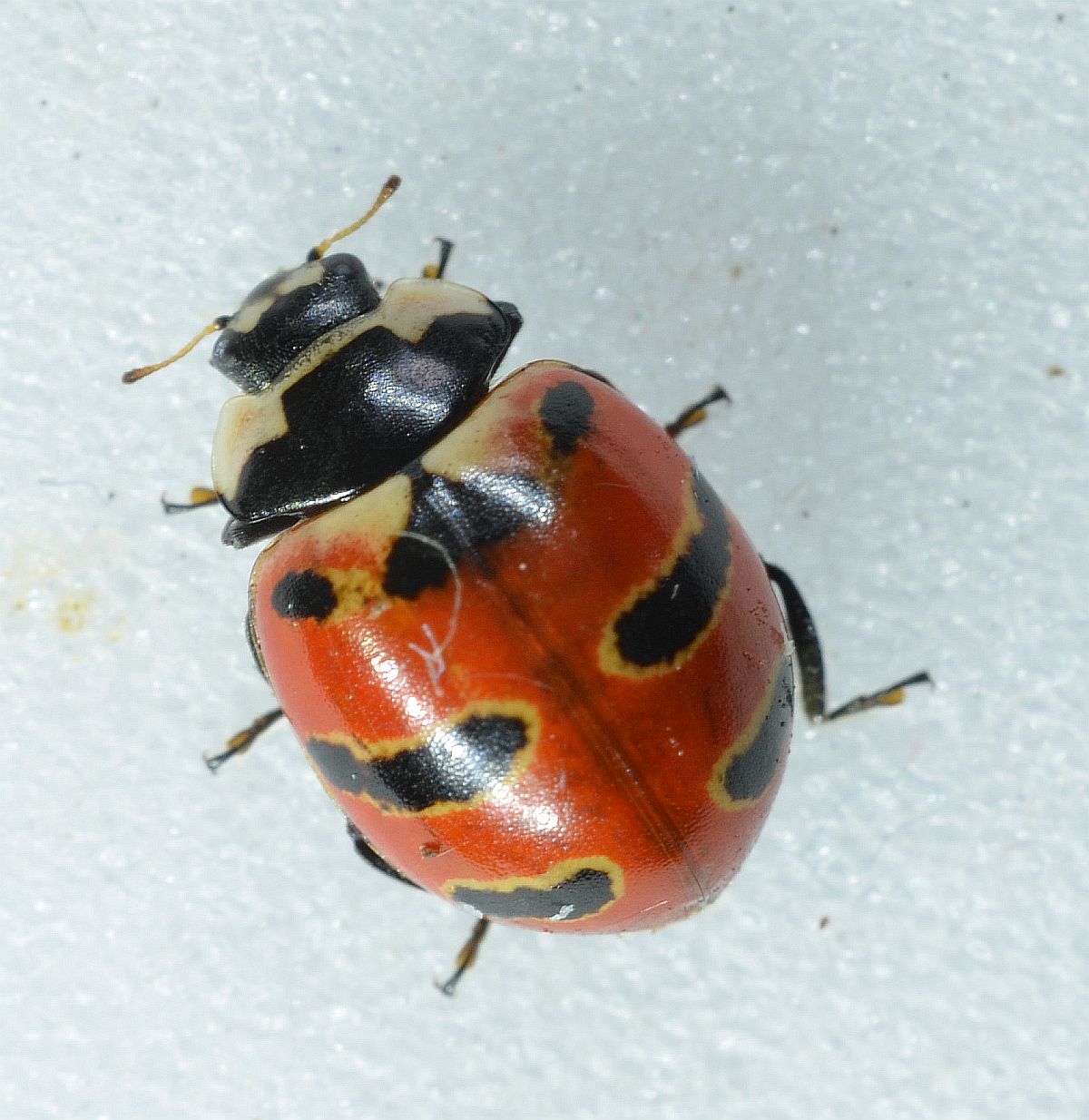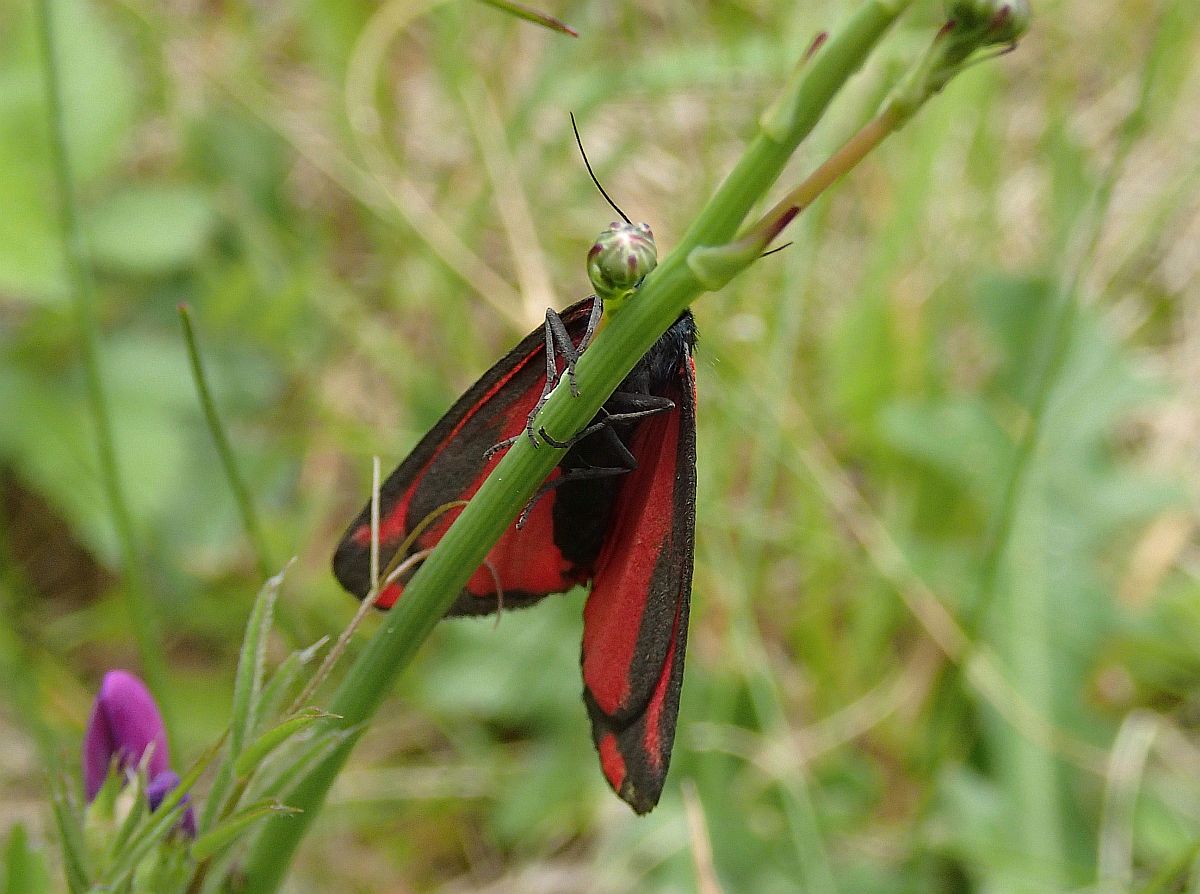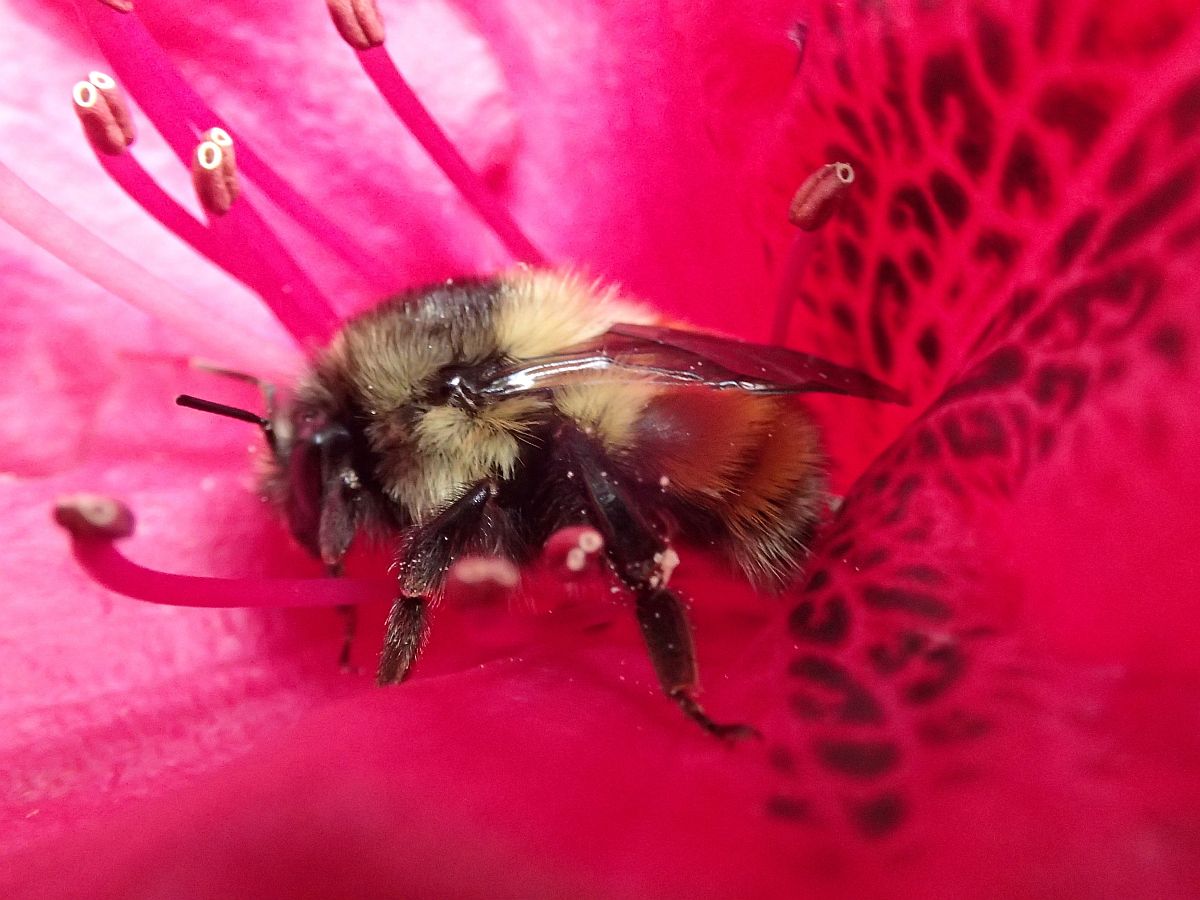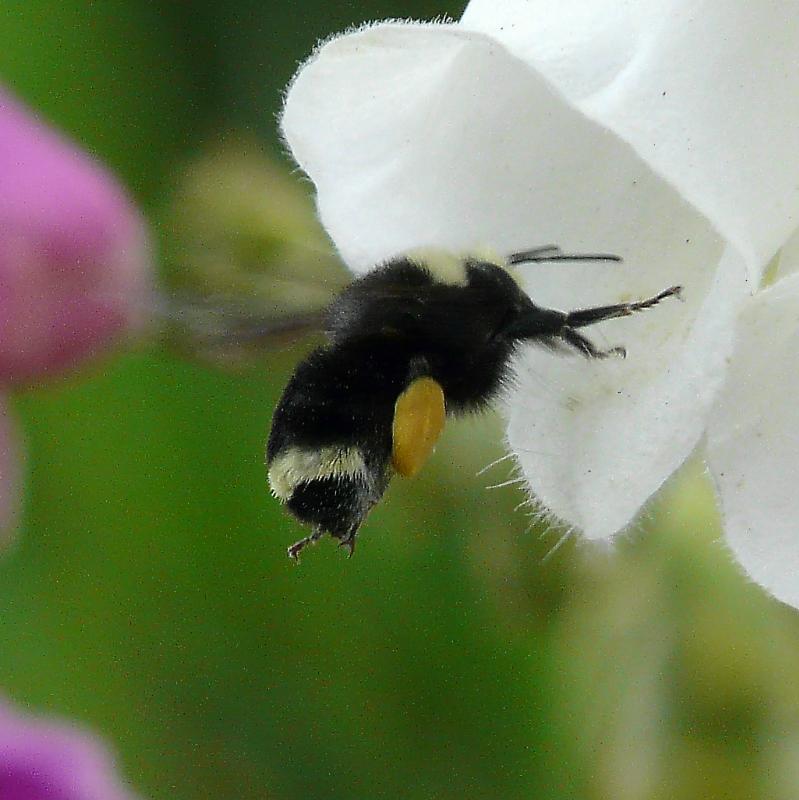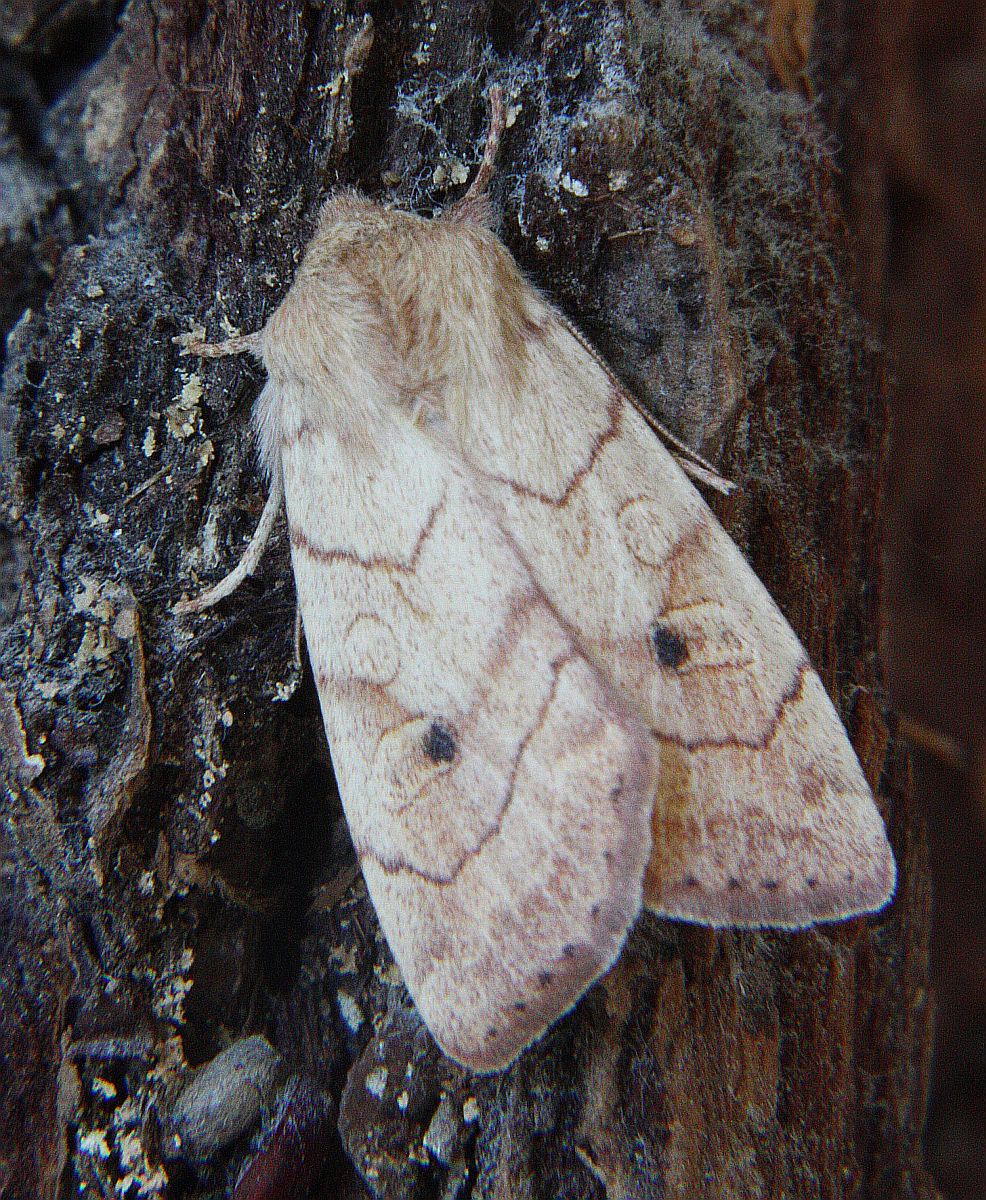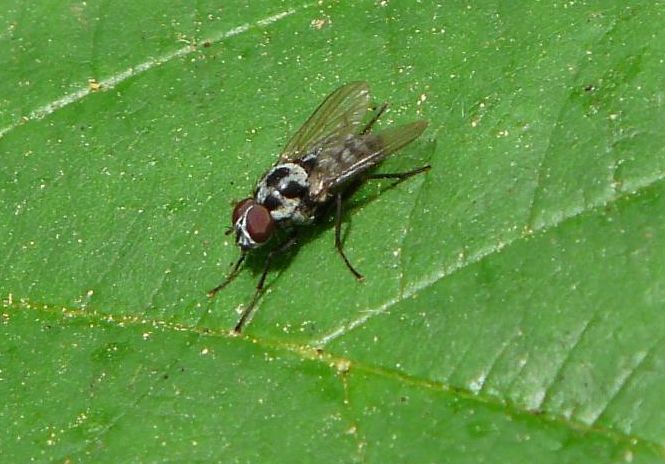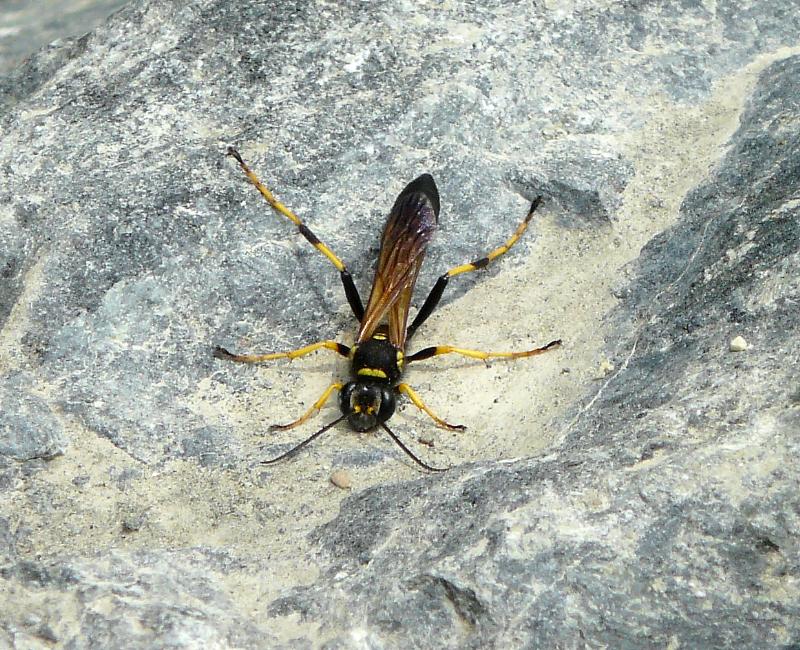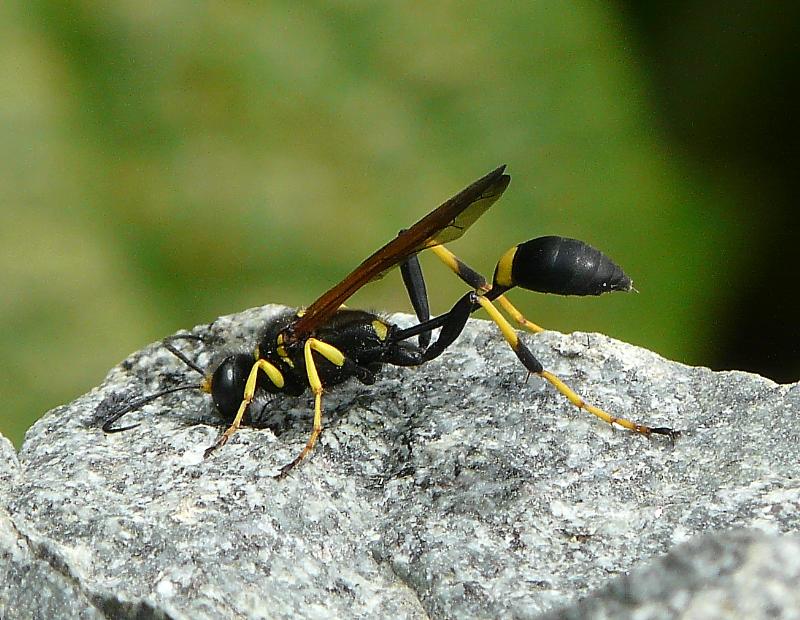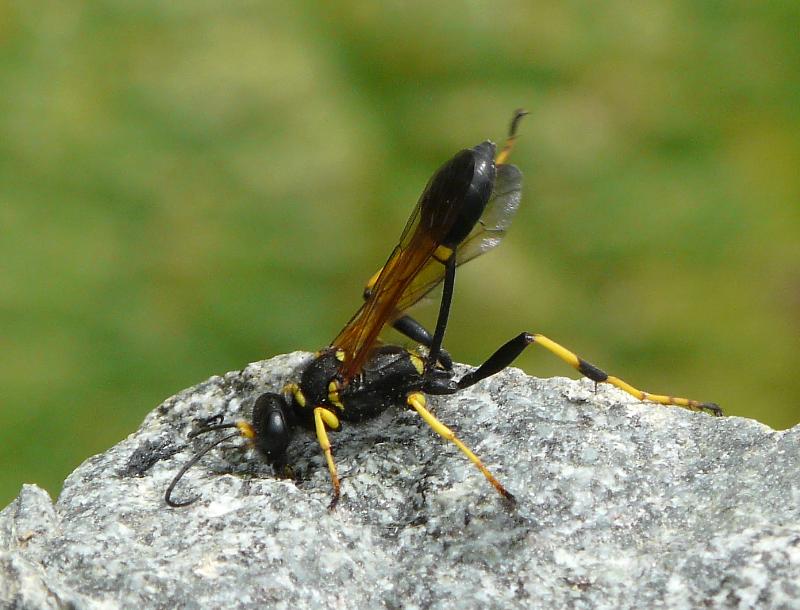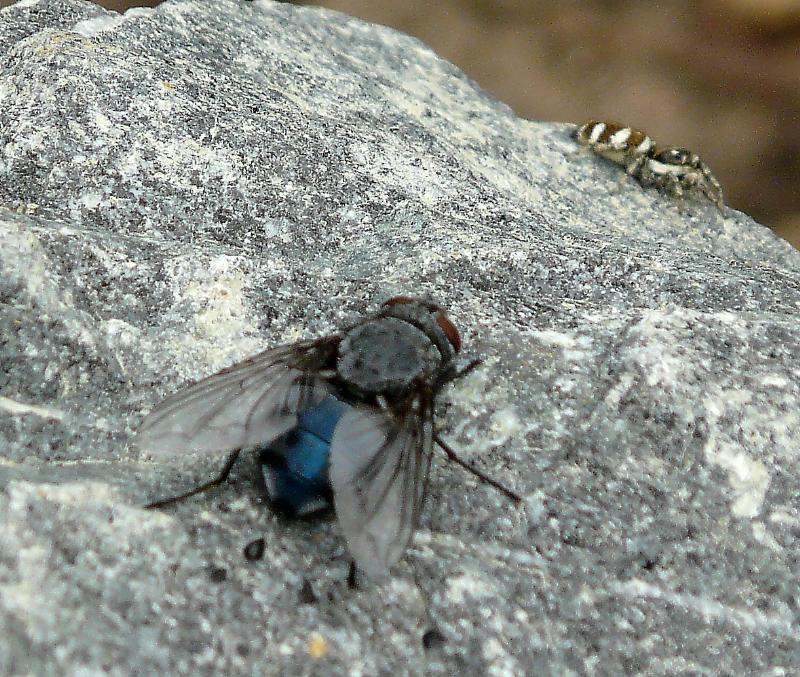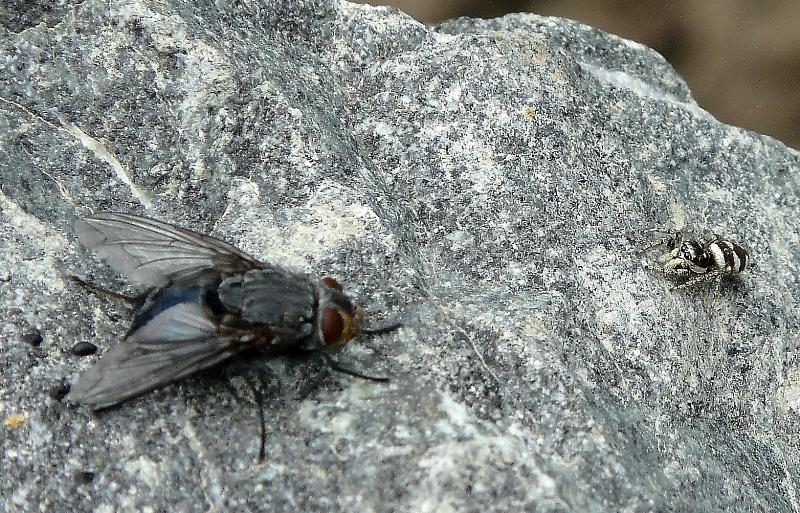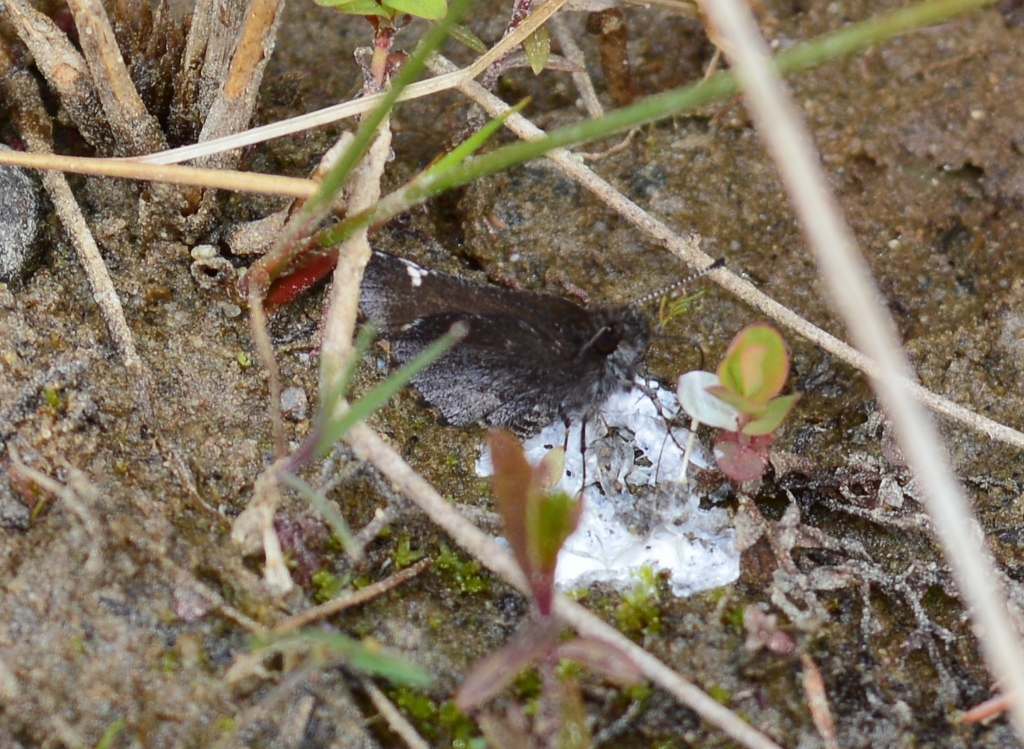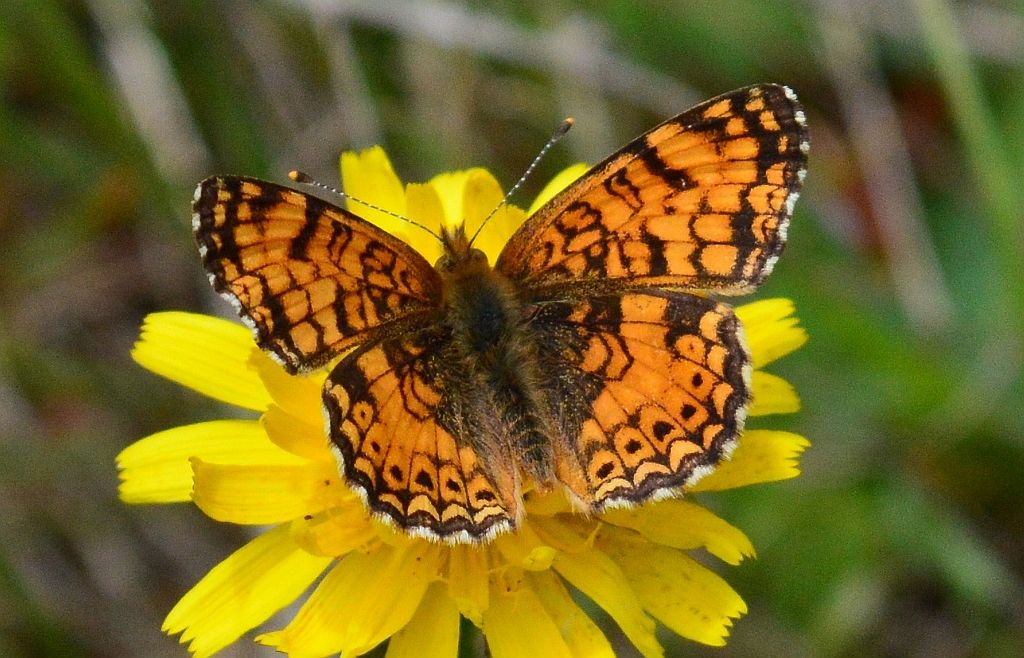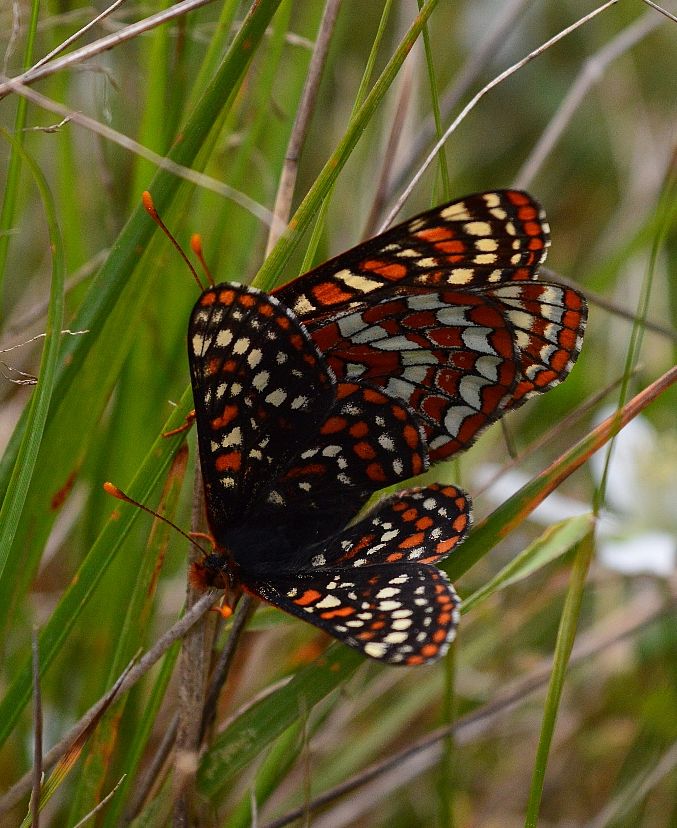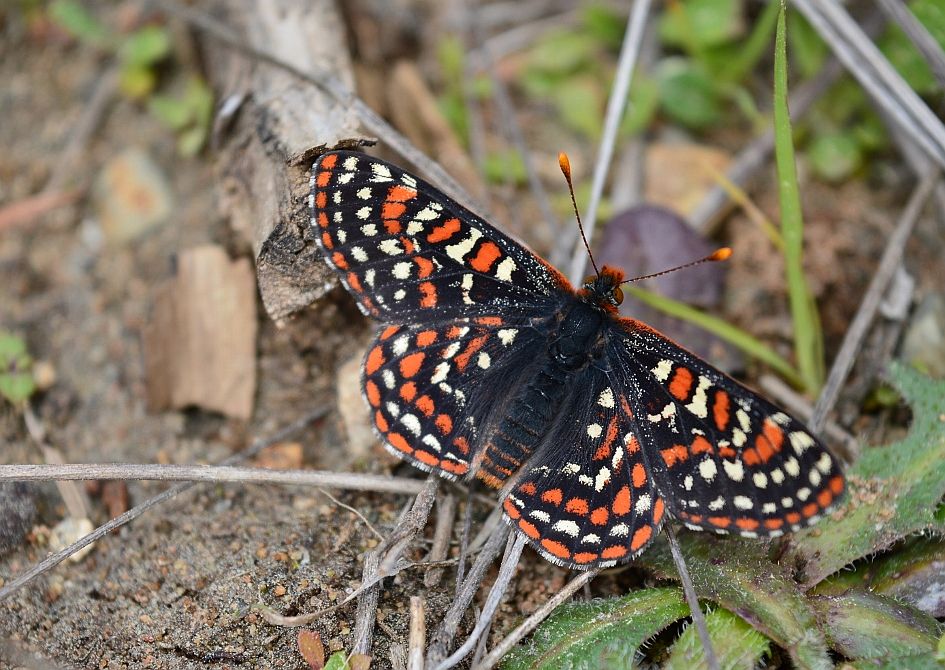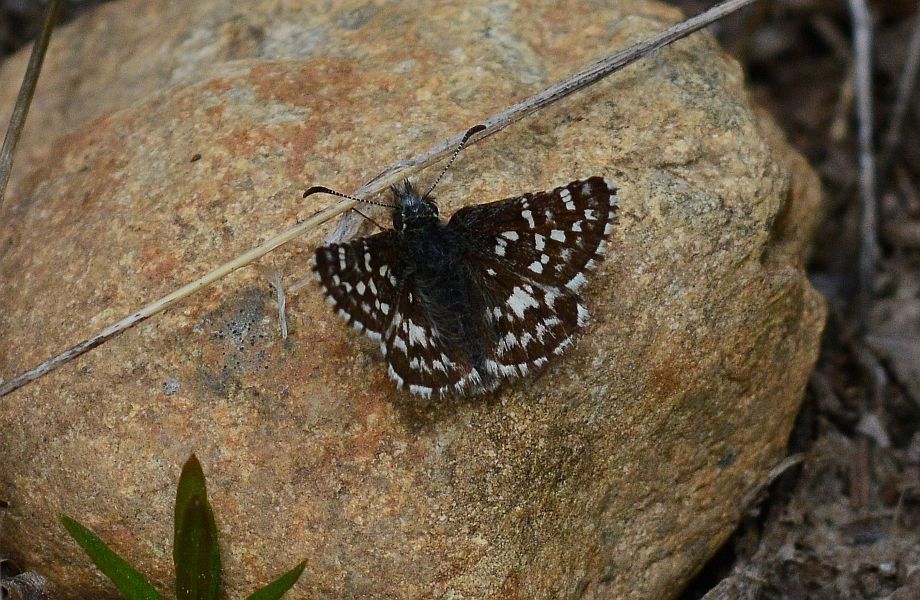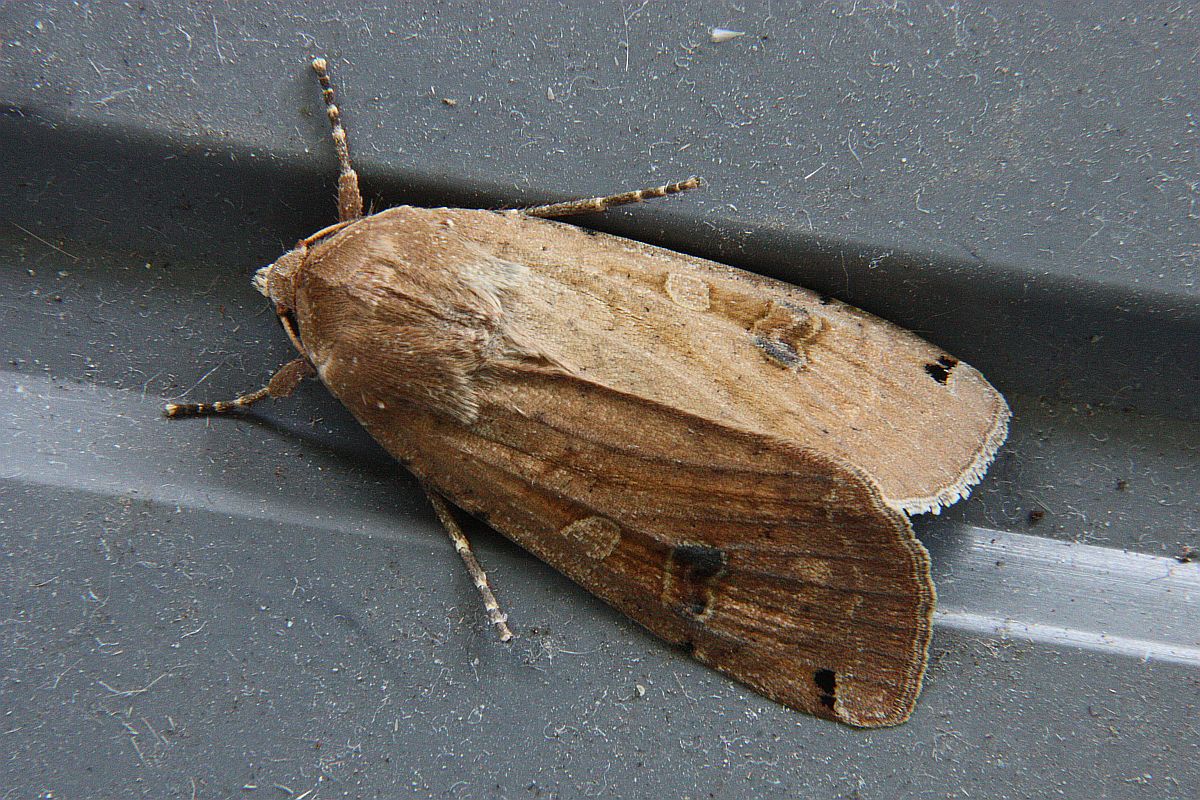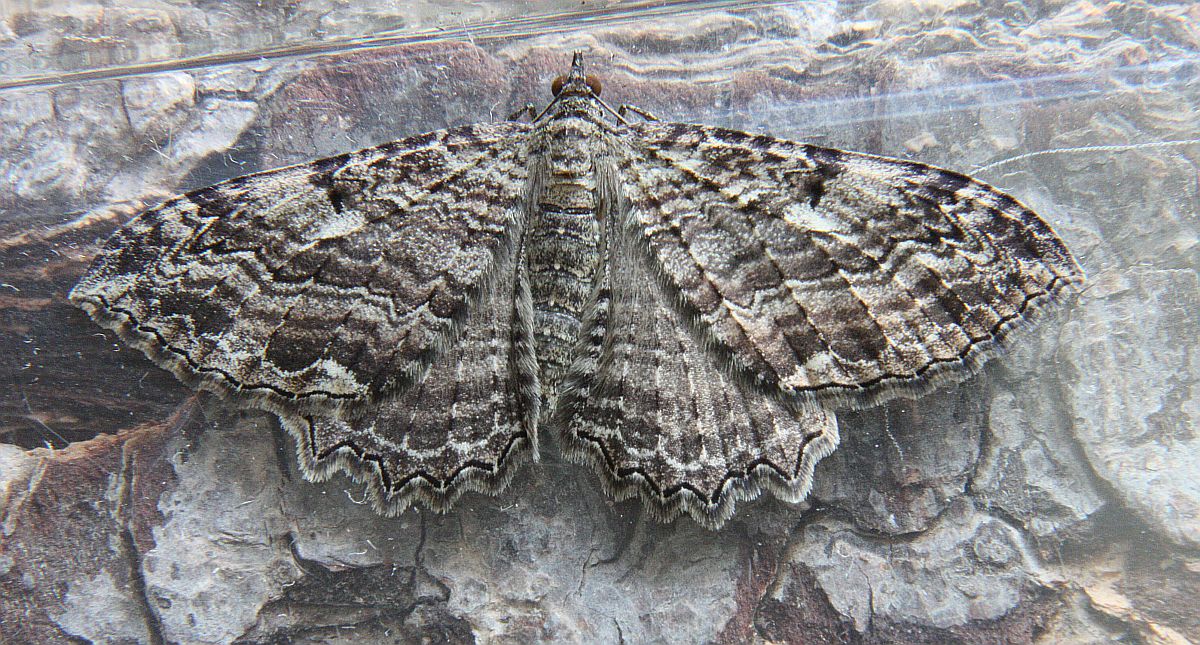2016 May 24
Here are some photographs of Boisduval’s Blue from Devon Parker’s trip to the clear cuts west of Spectacle Lake on May 19. Also a Western Spring Azure from there, and two that we can’t be 100 percent sure of, but which may be Silvery Blues. The first photograph is of a fairly battered individual, and it appears to have the marks of a bird’s bill on its wings, especially the right hindwing, and near the tornus of the right forewing.
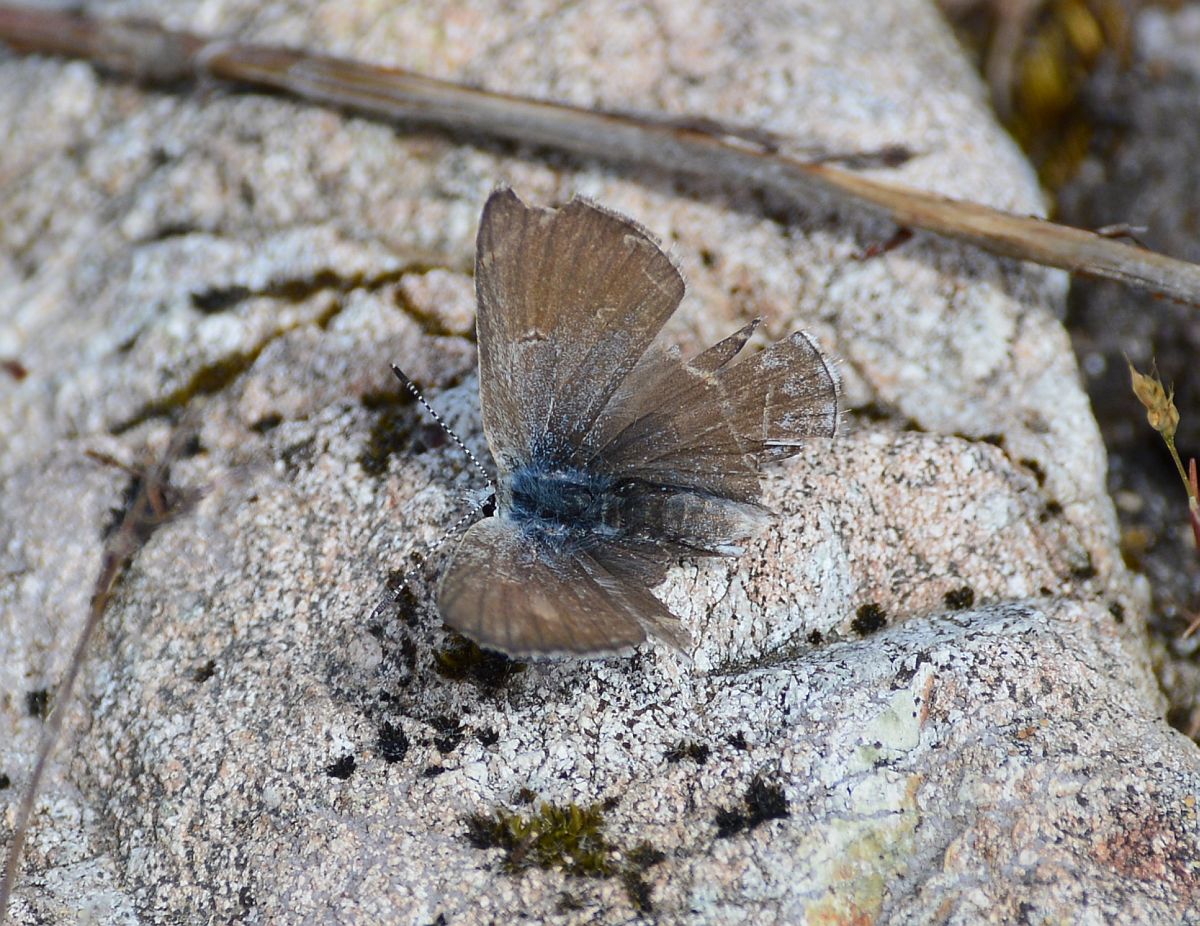
 Boisduval’s Blue Icaricia icarioides (Lep.: Lycaenidae) Devon Parker
Boisduval’s Blue Icaricia icarioides (Lep.: Lycaenidae) Devon Parker
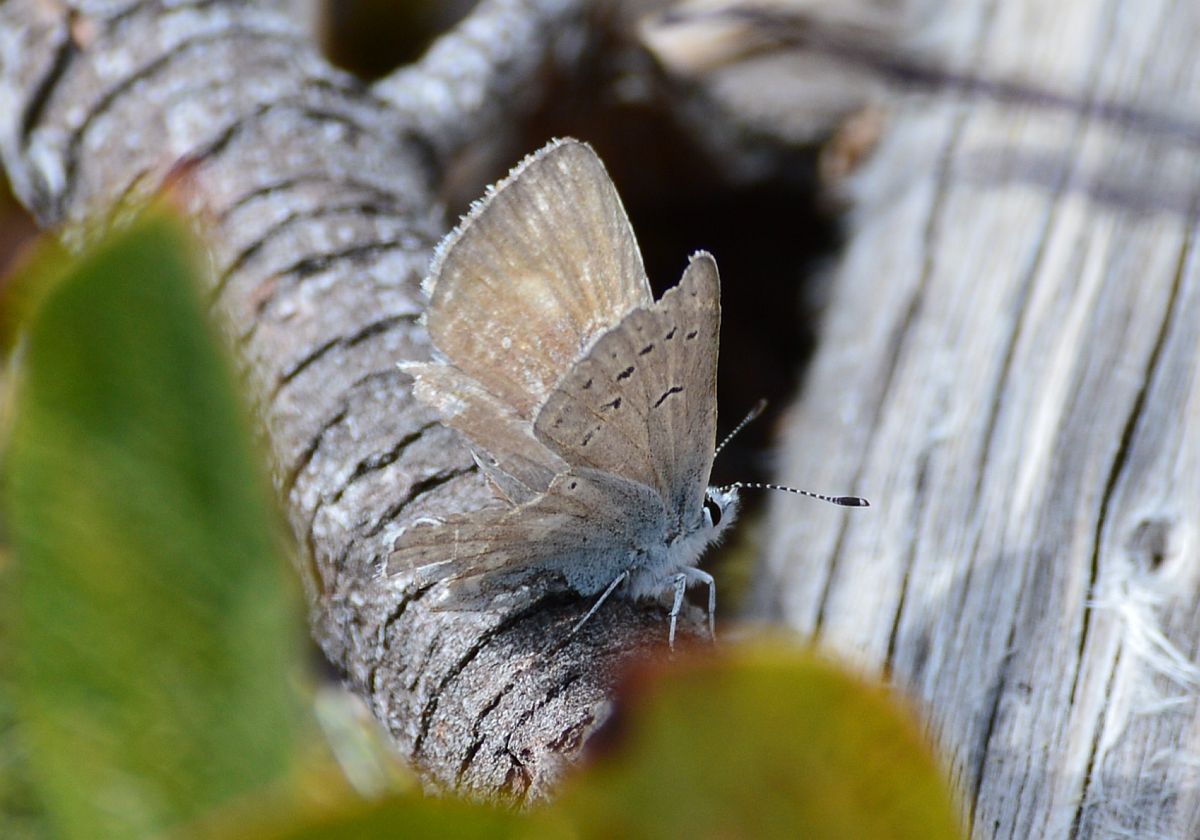
 Boisduval’s Blue Icaricia icarioides (Lep.: Lycaenidae) Devon Parker
Boisduval’s Blue Icaricia icarioides (Lep.: Lycaenidae) Devon Parker
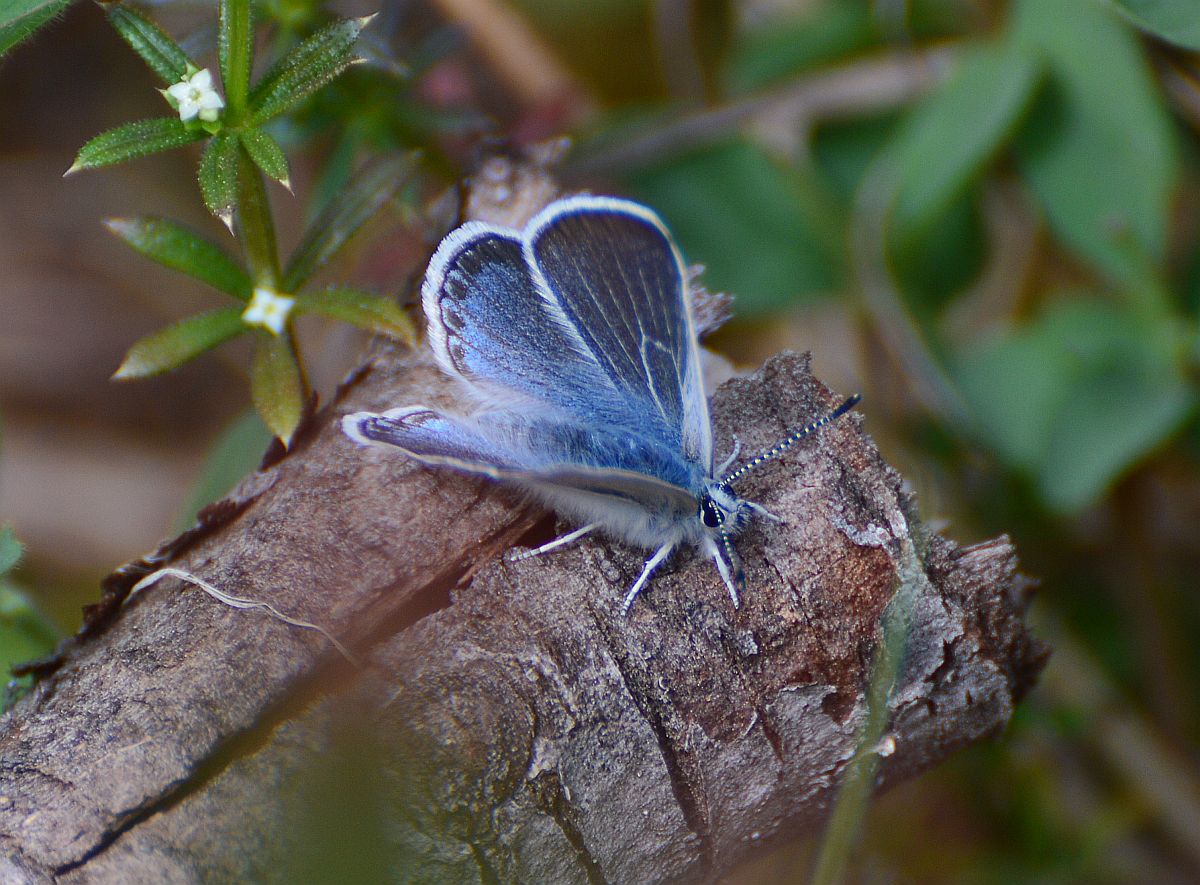
 Boisduval’s Blue Icaricia icarioides (Lep.: Lycaenidae) Devon Parker
Boisduval’s Blue Icaricia icarioides (Lep.: Lycaenidae) Devon Parker
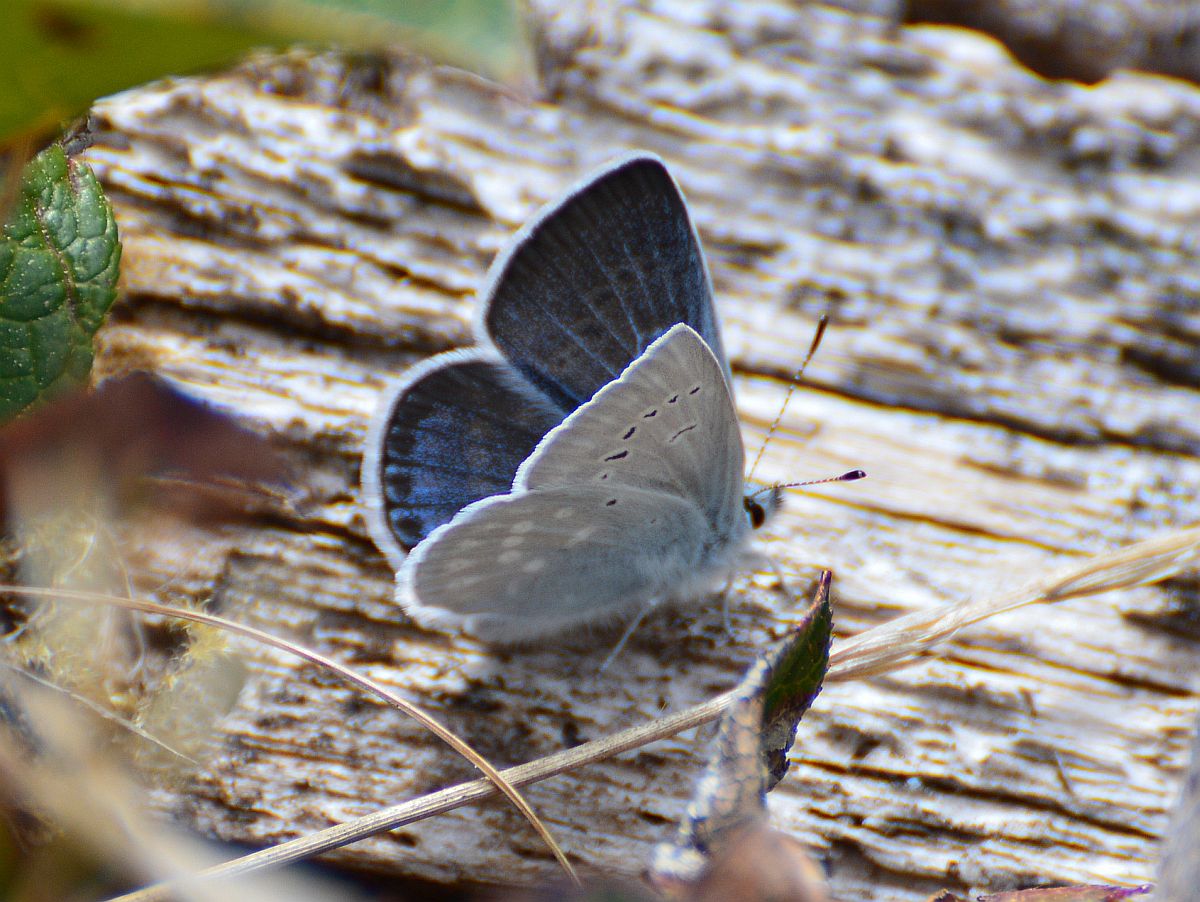
Boisduval’s Blue Icaricia icarioides (Lep.: Lycaenidae) Devon Parker
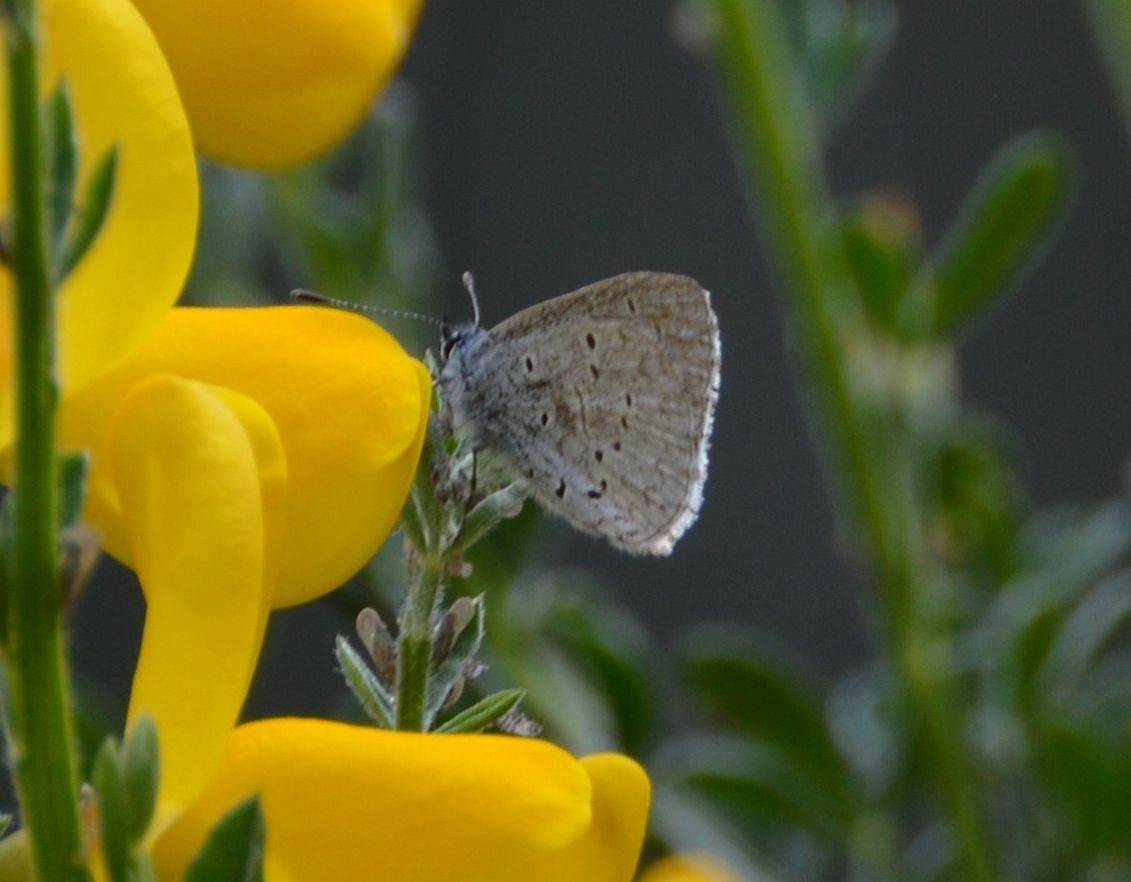
 Western Spring Azure Celastrina echo (Lep.: Lycaenidae) Devon Parker
Western Spring Azure Celastrina echo (Lep.: Lycaenidae) Devon Parker
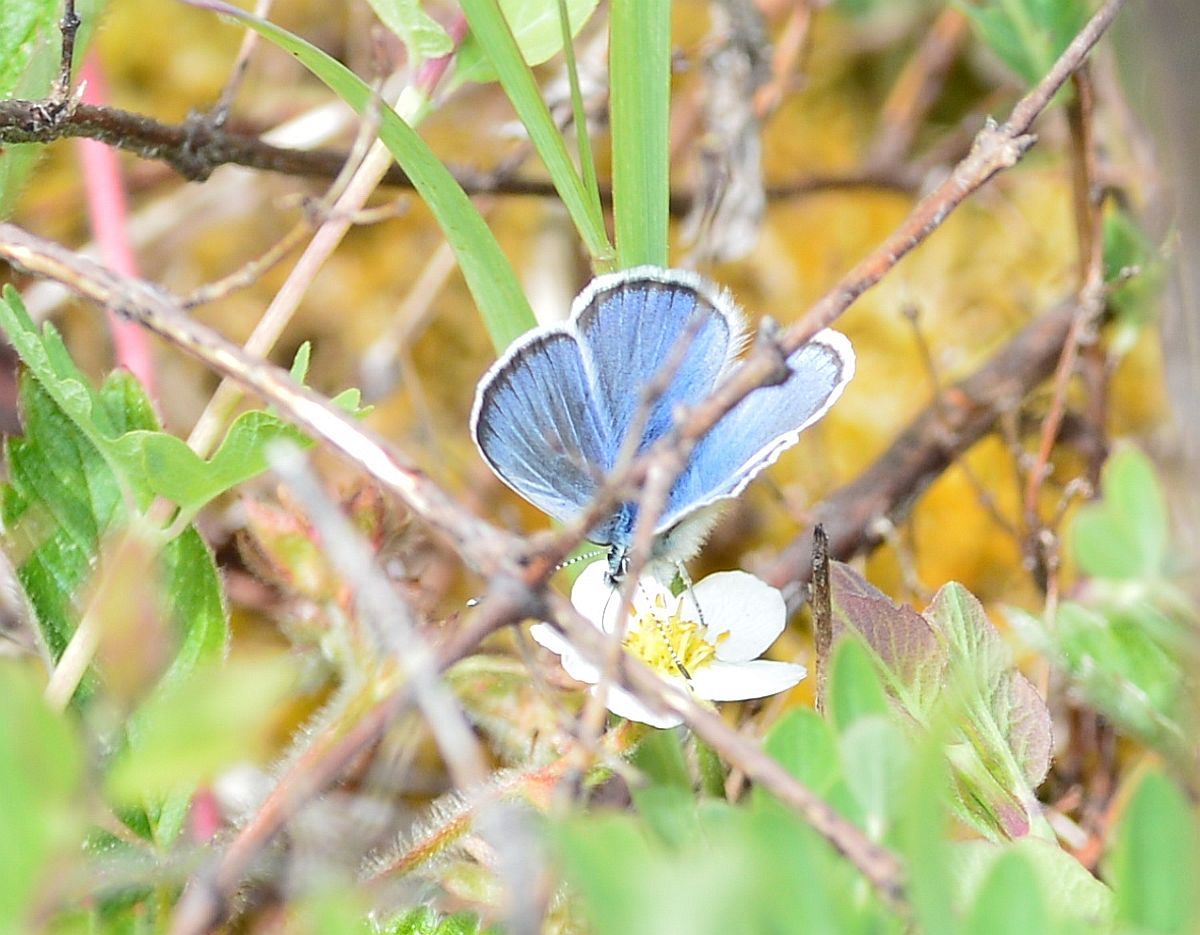
 Maybe Silvery Blue ? Glaucopsyche lygdamus (Lep.: Lycaenidae) Devon Parker
Maybe Silvery Blue ? Glaucopsyche lygdamus (Lep.: Lycaenidae) Devon Parker

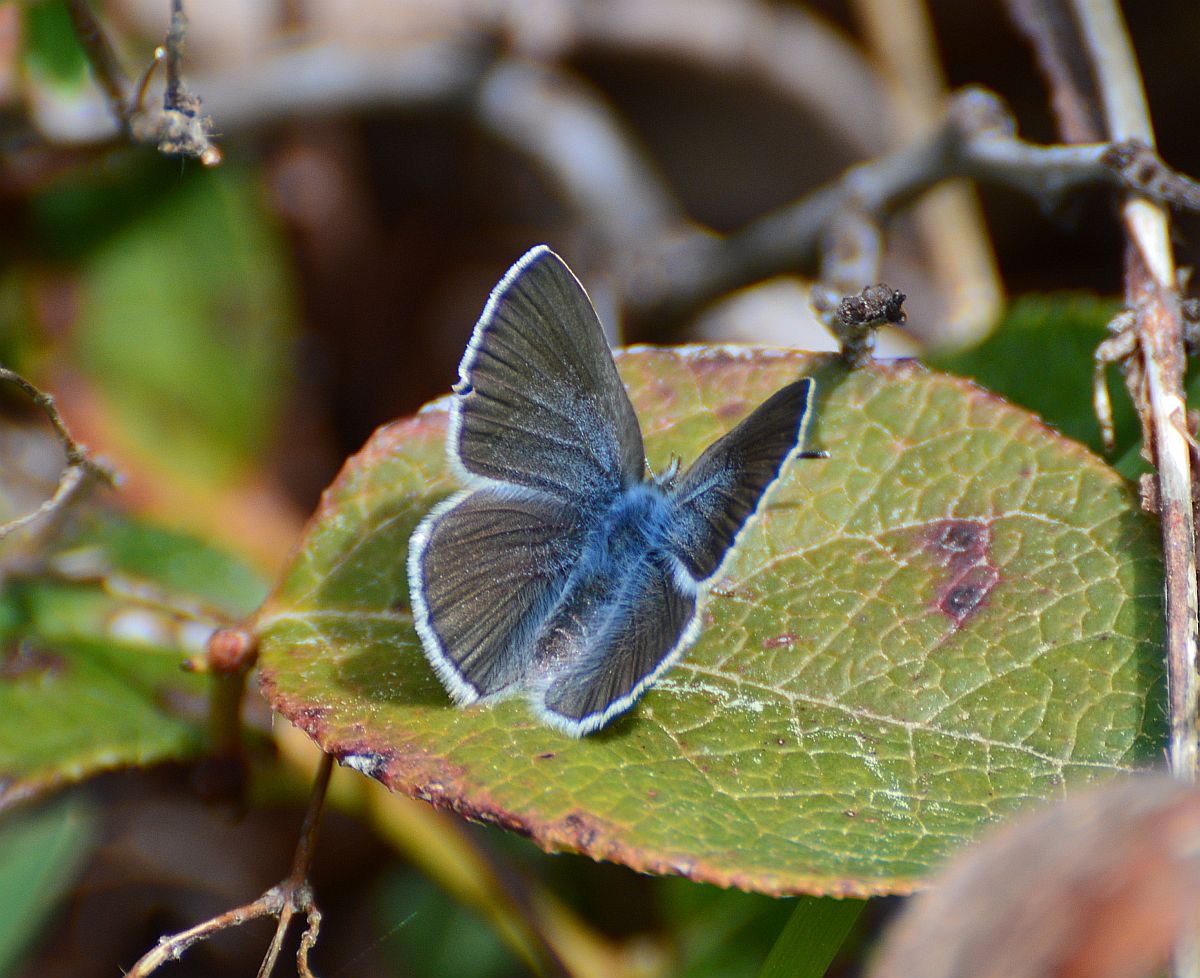
Maybe Silvery Blue ? Glaucopsyche lygdamus (Lep.: Lycaenidae) Devon Parker
While near Spectacle Lake on May 22, Devon photographed the moth below:

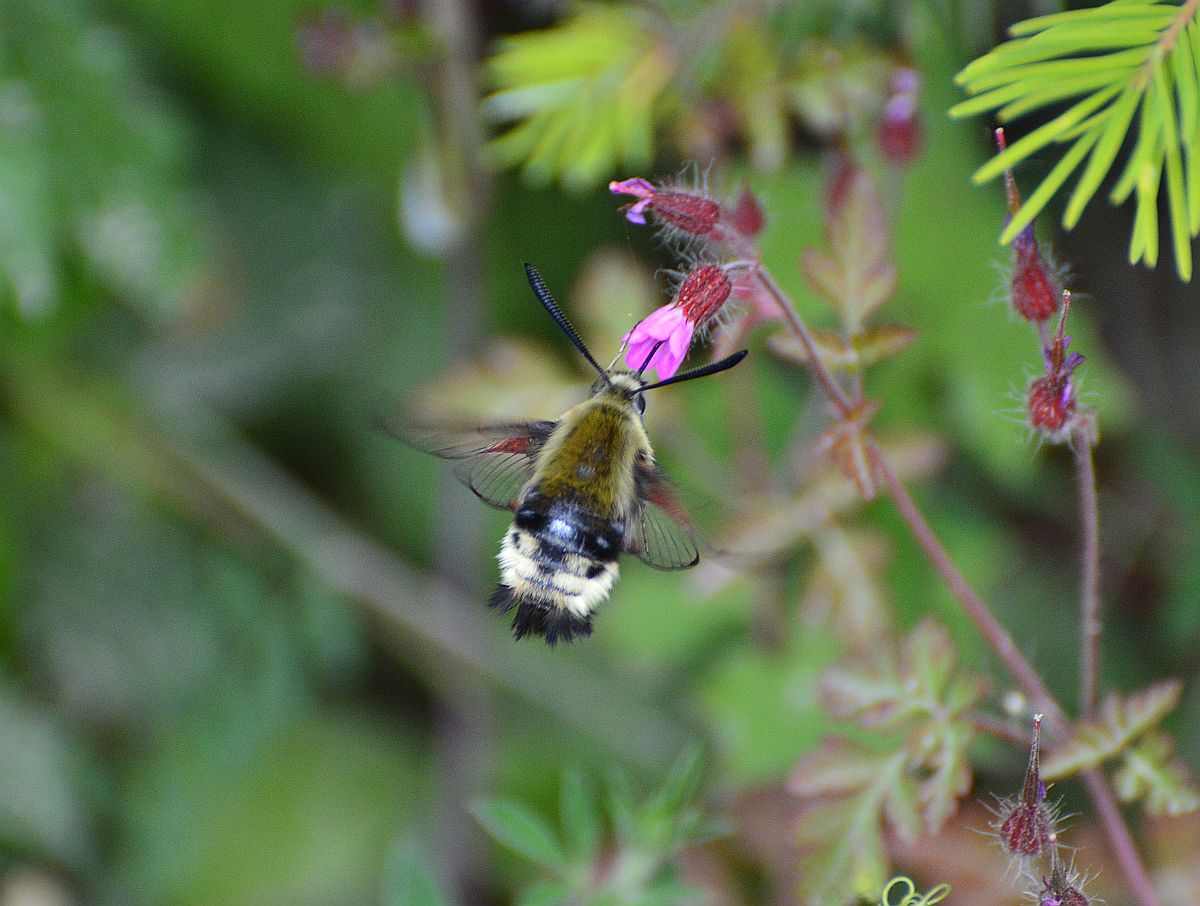
Hemaris thetis (Lep.: Sphingidae) Devon Parker
Libby Avis sends some photographs from a hike to Cous Estuary in the Alberni Valley, Saturday May 21st.
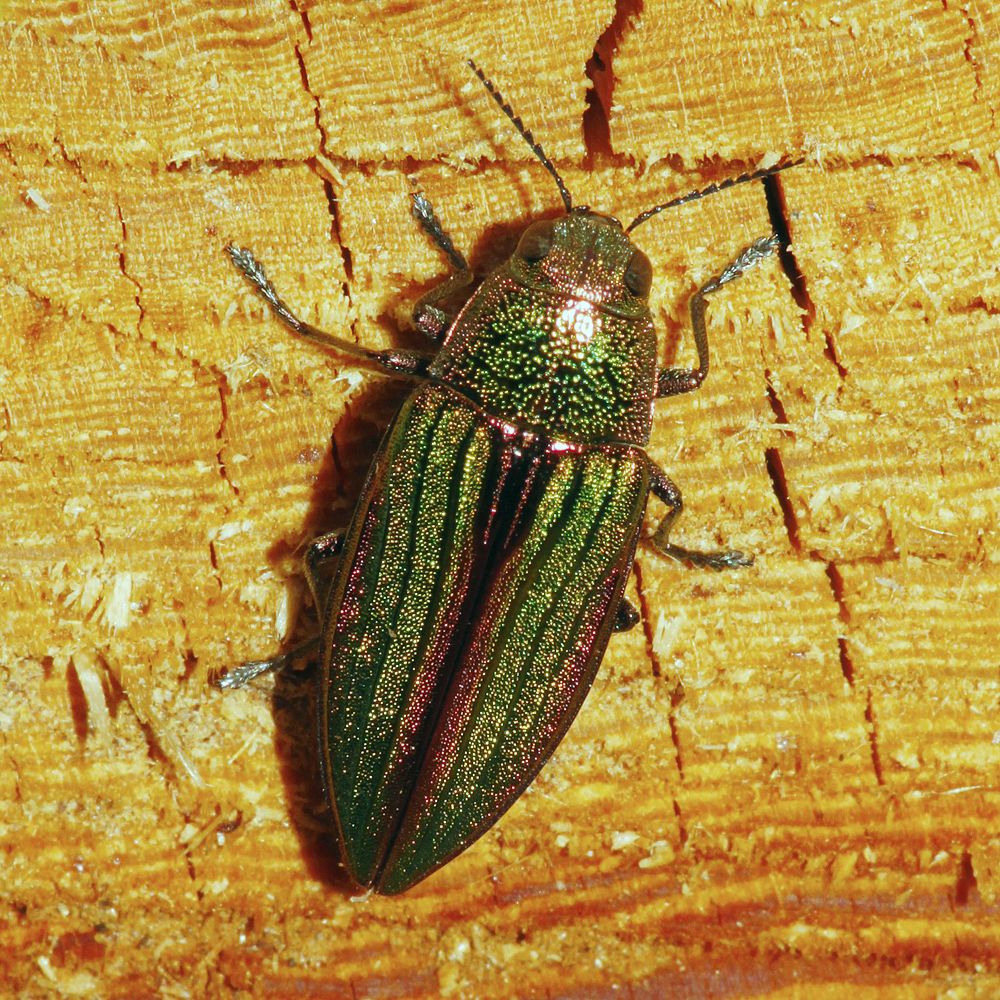
Buprestis aurulenta (Col.: Buprestidae) Libby Avis
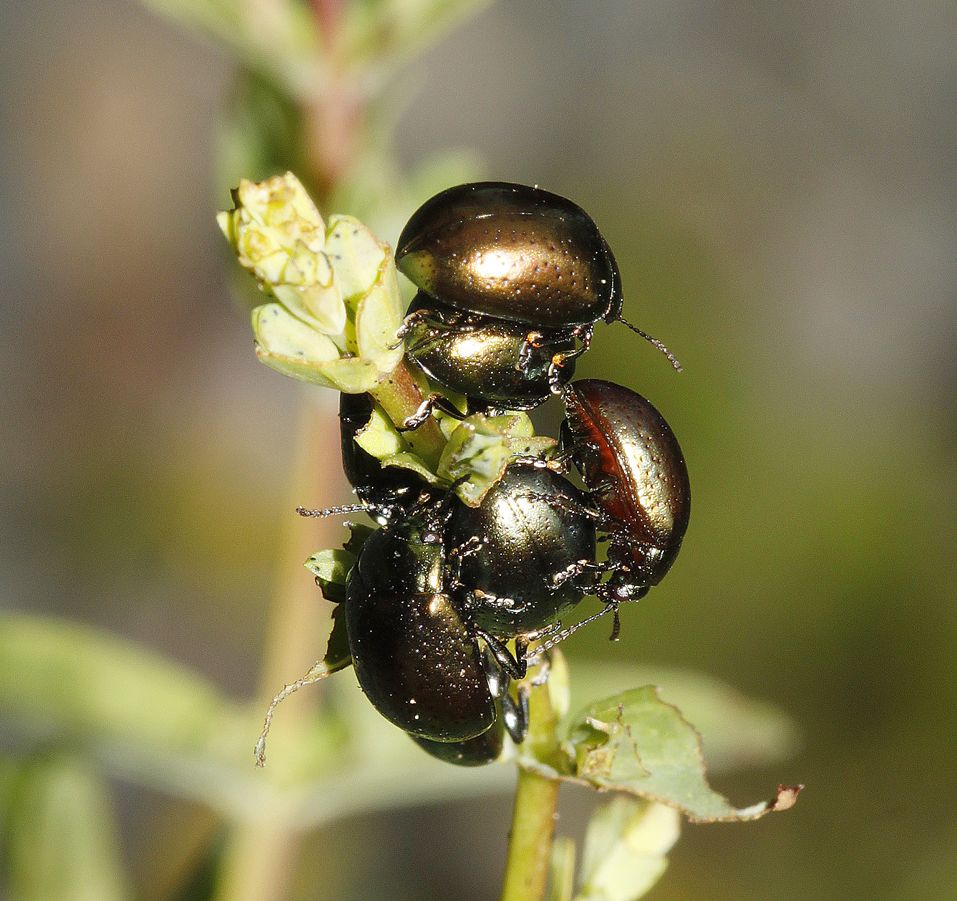
 Chrysolina quadrigemina/hyperici (Col.: Chrysomelidae) Libby Avis
Chrysolina quadrigemina/hyperici (Col.: Chrysomelidae) Libby Avis
Libby writes: Both are European species released here to control St John’s Wort. Hard to tell apart without dissection, although Bug Guide says quadrigemina seems to be more common. We saw large numbers of them all clustered on the host plant.
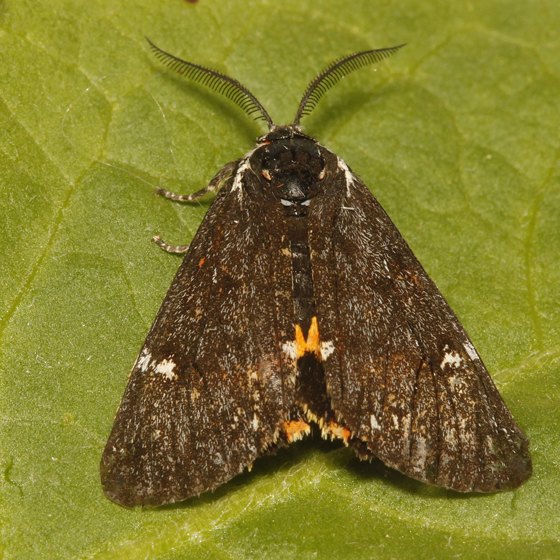
 Leptarctia californiae (Lep.: Erebidae – Arctiinae) Libby Avis
Leptarctia californiae (Lep.: Erebidae – Arctiinae) Libby Avis
Annie Pang sends a photograph of a male Philodromus dispar from Victoria, May 21.
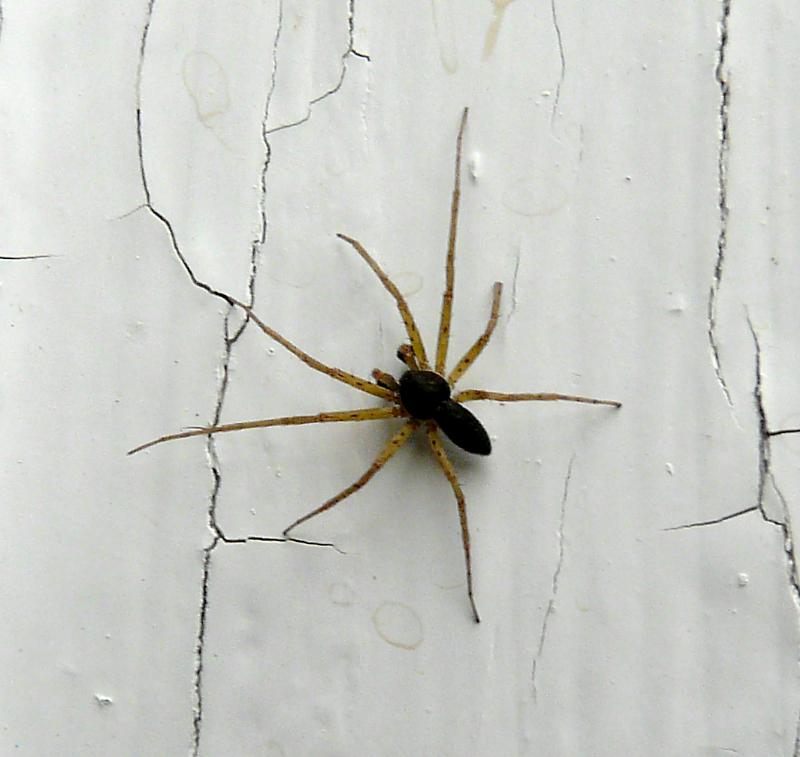
 Philodromus dispar (Ara.: Philodromidae) Annie Pang.
Philodromus dispar (Ara.: Philodromidae) Annie Pang.
During the two-Parker two-Jeremy expedition on May 14 to find the Johnson’s Hairstreak in the Jordan River area, we came across a handsome noctuid caterpillar on an
alder leaf. Jeremy Gatten soon after identified it as Eurois sp., and further reference to David Wagner’s book on owlet caterpillars revealed that it was almost certainly Eurois astricta. While it initially continued to feed on alder, it very soon turned its attention to Hardhack which I had brought in for somebody else. Here is a picture of the caterpillar.
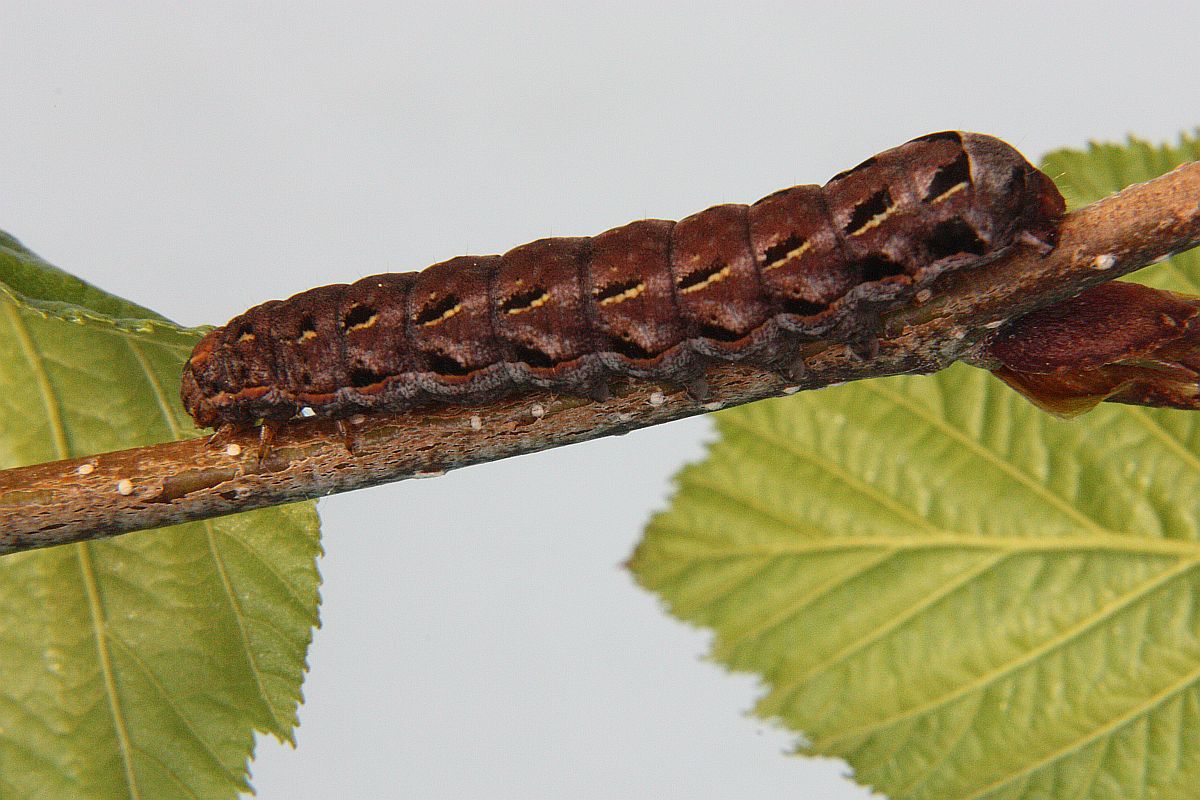
 Eurois astricta (Lep.: Noctuidae) Jeremy Tatum
Eurois astricta (Lep.: Noctuidae) Jeremy Tatum

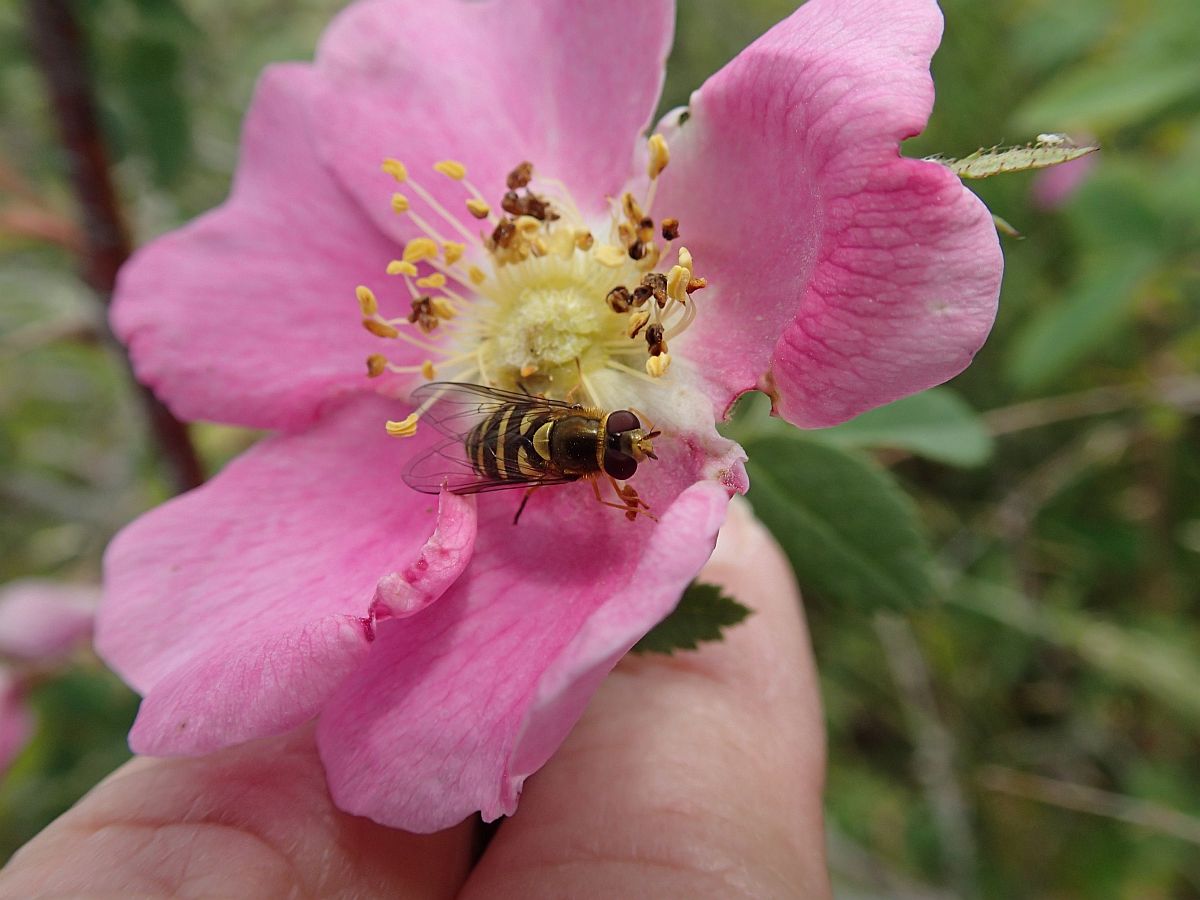
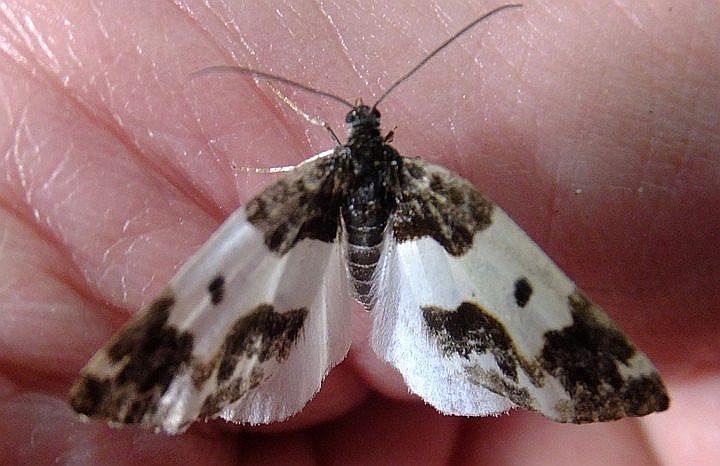
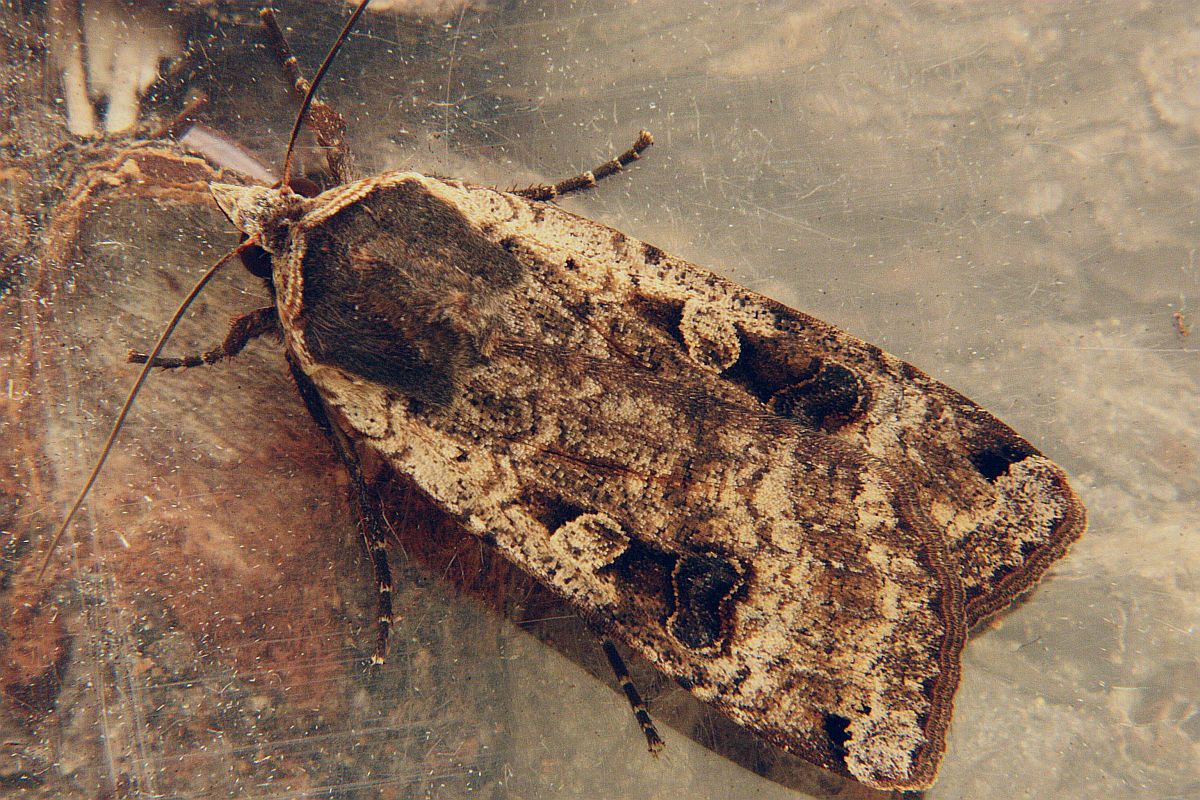
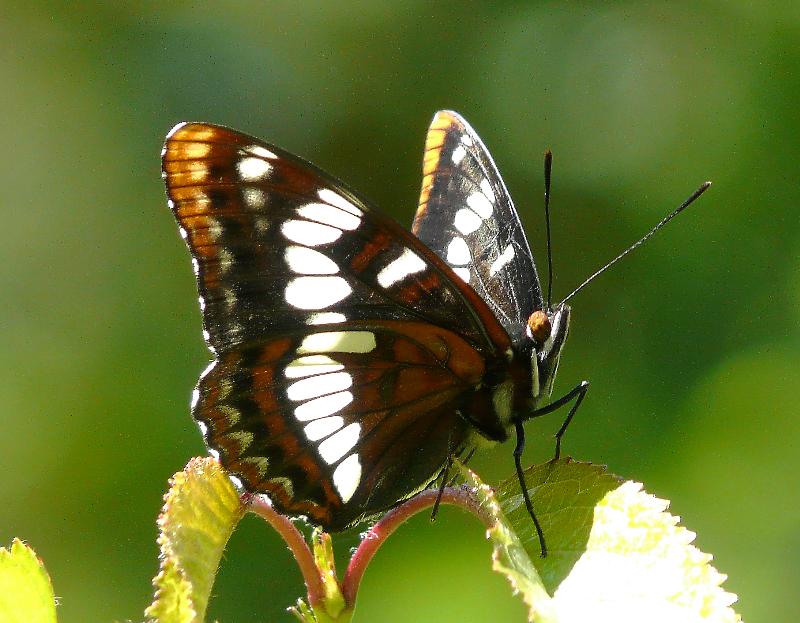
 Lorquin’s Admiral Limenitis lorquini (Lep.: Nymphalidae) Annie Pang
Lorquin’s Admiral Limenitis lorquini (Lep.: Nymphalidae) Annie Pang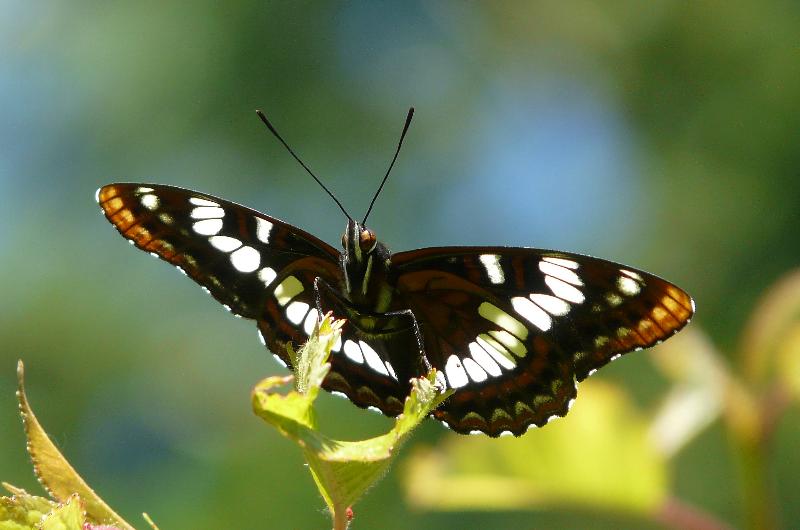
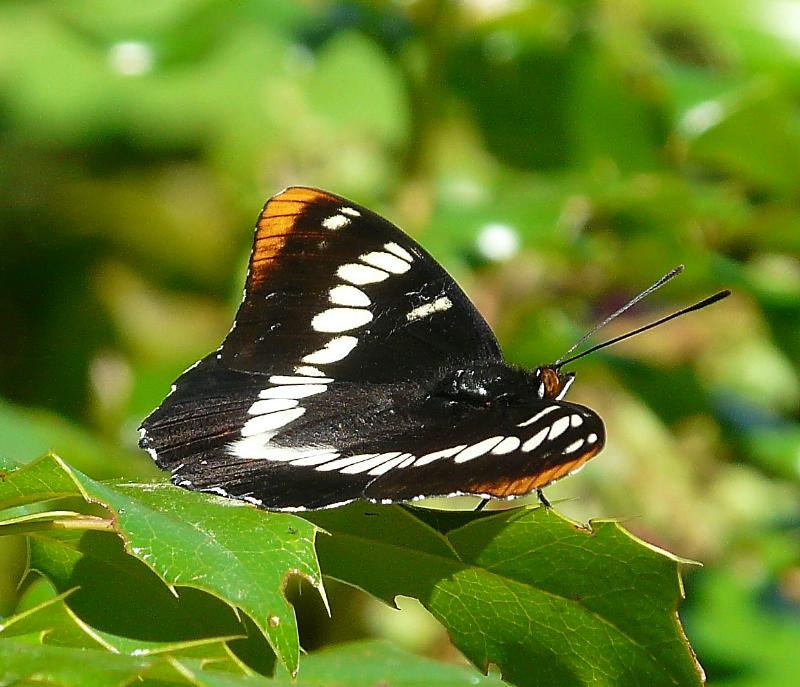
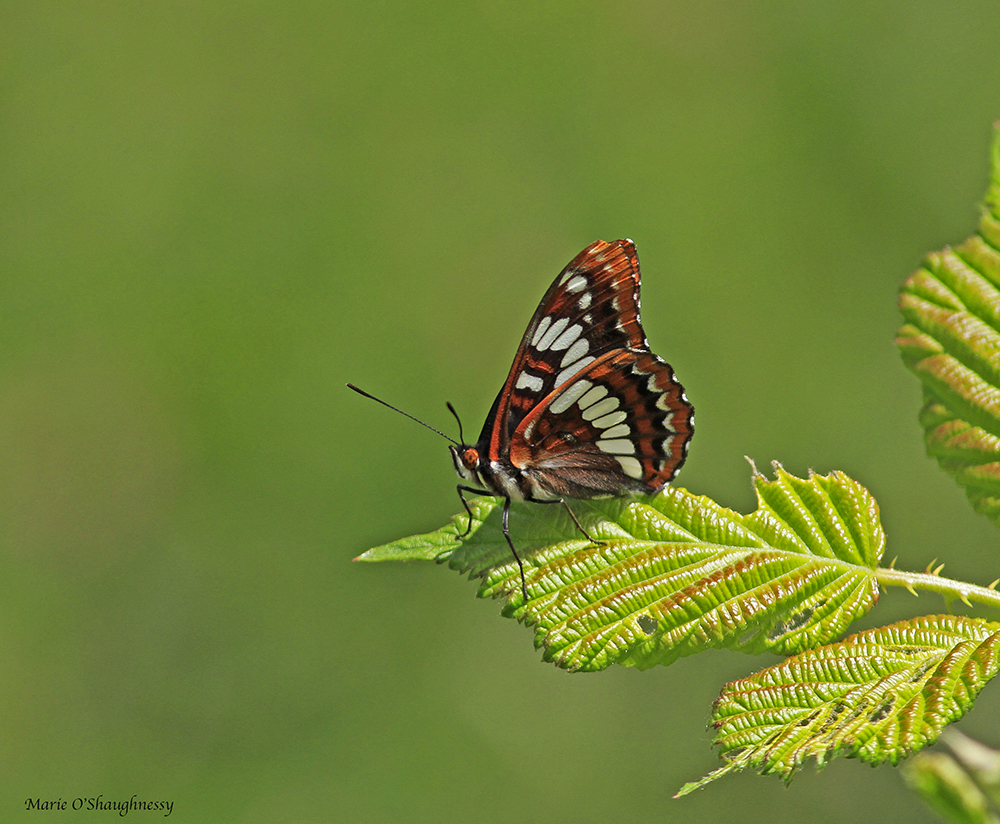

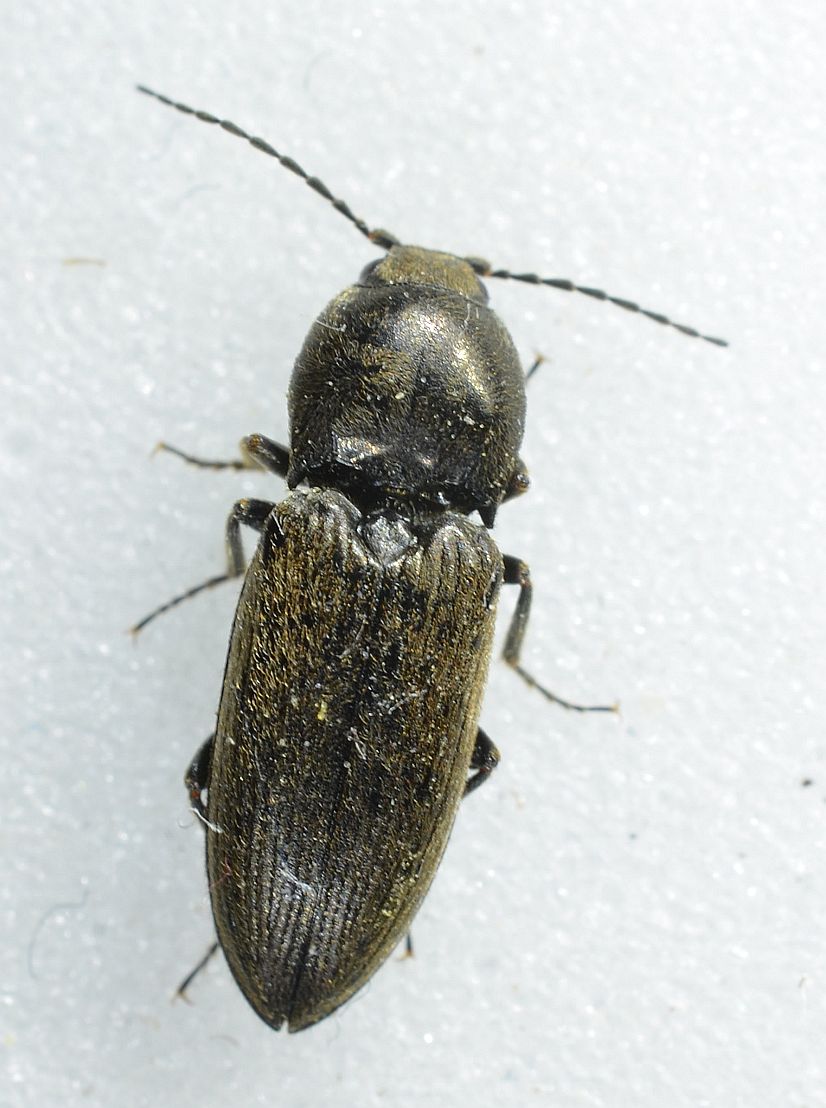
 Cardiophorus sp. (Col.: Elateridae) Scott Gilmore
Cardiophorus sp. (Col.: Elateridae) Scott Gilmore